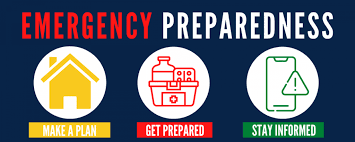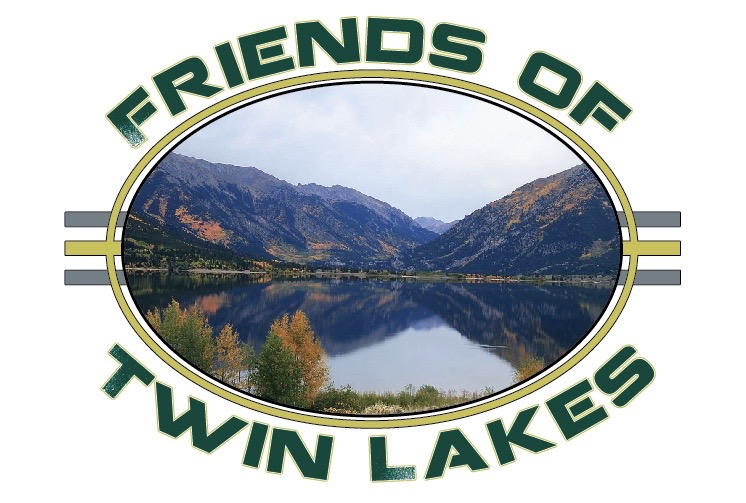Emergency Preparedness

More and more people are making their homes in woodland settings – in or near forests, rural areas, or remote mountain sites. There, homeowners enjoy the beauty of the environment but face the very real danger of wildfire.
Every year across our Nation, some homes survive – while many others do not – after a major wildfire. Those that survive almost always do so because their owners had prepared for the eventuality of fire, which is an inescapable force of nature in fire-prone wildland areas. Said in another way – if it’s predictable, it’s preventable!
Wildfires often begin unnoticed. They spread quickly, igniting brush, trees, and homes. Reduce your risk by preparing now – before wildfire strikes. Meet with your family to decide what to do and where to go if wildfires threaten your area.
For additional information regarding Emergency Preparedness click on this link below.
BUILD A KIT
A disaster supplies kit is simply a collection of basic items your household may need in the event of an emergency.
Try to assemble your kit well in advance of an emergency. You may have to evacuate at a moment’s notice and take essentials with you. You will probably not have time to search for the supplies you need or shop for them.
You may need to survive on your own after an emergency. This means having your own food, water and other supplies in sufficient quantity to last for at least 72 hours. Local officials and relief workers will be on the scene after a disaster but they cannot reach everyone immediately. You could get help in hours or it might take days.
Additionally, basic services such as electricity, gas, water, sewage treatment and telephones may be cut off for days or even a week, or longer. Your supplies kit should contain items to help you manage during these outages.
Basic Disaster Supplies Kit
A basic emergency supply kit could include the following recommended items:
- Water, one gallon of water per person per day for at least three days, for drinking and sanitation
- Food, at least a three-day supply of non-perishable food
- Battery-powered or hand crank radio and a NOAA Weather Radio with tone alert and extra batteries for both
- Flashlight and extra batteries
- First aid kit
- Whistle to signal for help
- Dust mask to help filter contaminated air and plastic sheeting and duct tape to shelter-in-place
- Moist towelettes, garbage bags and plastic ties for personal sanitation
- Wrench or pliers to turn off utilities
- Manual can opener for food
- Local maps
- Cell phone with chargers, inverter or solar charger
Home
Your disaster supplies kit should contain essential food, water and supplies for at least three days.
Keep this kit in a designated place and have it ready in case you have to leave your home quickly. Make sure all family members know where the kit is kept.
Additionally, you may want to consider having supplies for sheltering for up to two weeks.
Work
You need to be prepared to shelter at work for at least 24 hours. Make sure you have food and water and other necessities like medicines in your kit. Also, be sure to have comfortable walking shoes at your workplace in case an evacuation requires walking long distances.
Your kit should also be in one container and ready to “grab and go” in case you are evacuated from your workplace.
Vehicle
In case you are stranded, keep a kit of emergency supplies in your car. This kit should include:
- Jumper cables
- Flashlights and extra batteries
- First aid kit and necessary medications in case you are away from home for a prolonged time
- Food items containing protein such as nuts and energy bars; canned fruit and a portable can opener
- Water for each person and pet in your car
- AM/FM radio to listen to traffic reports and emergency messages
- Cat litter or sand for better tire traction
- Shovel
- Ice scraper
- Warm clothes, gloves, hat, sturdy boots, jacket and an extra change of clothes
- Blankets or sleeping bags
Also consider:
- A fully-charged cell phone and phone charger
- Flares or reflective triangle
- Baby formula and diapers if you have a small child
Be prepared for an emergency by keeping your gas tank full and if you find yourself stranded, be safe and stay in your car, put on your flashers, call for help and wait until it arrives.
